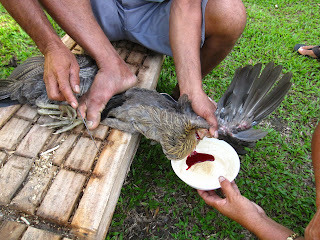Many times, I would find myself looking at distant mountains and wonder…. what lies beyond those mountains?

This curiosity has been inside me since I was a child wanting to be like the birds that flew overhead;or, climbing trees to see what was beyond our fence. I would like to think maybe it is this curiosity that fuels my desire to travel and to climb mountains.
Once I reach the top, I am humbled by the vastness of what lies below and beyond.

I am grateful to a gracious God for the chance to savor the moment.

I am blessed beyond words.

I am at peace with myself and the world.

The shortness of breathe, the ache in my legs, and the sweat on my brow only intensifies how alive I feel.

It’s as simple as that. And as long as my feet can continue to walk up a steep incline and still have the ability to balance myself while stepping from one stone to the next, there will always be a mountain to climb.
∞Ω.∞Ω ∞Ω ∞Ω ∞Ω ∞Ω ∞Ω ∞Ω ∞Ω ∞Ω ∞
Nothing quite hits the spot that a nice long drink of water after reaching the top. And to see one thru as one treks back down, take along this make-ahead snack. They are light weight, healthy and will give ones spirit the needed boast.
Pinoy Granola Bars (adaptation of Alton Brown’s recipe)

• 2 c old-fashioned rolled oats
• ½ c roasted peanuts or sunflower seeds
• 1 c casuy
• ½ c wheat germ (may be omitted; just increase your oats by 1/2 c)
• ½ c honey
• ¼ c brown sugar
• 1 T unsalted butter, plus extra for pan
• 2 teaspoons vanilla extract
• 1/2 teaspoon salt (may be omitted)
• 182 grams of chopped dried fruit, any combination of dried mango, banana chips, nangka, pineapple etc. (you will need a kitchen scale)
Directions
1. Butter a 9 by 9-inch glass baking dish and set aside. Preheat the oven to 350 degrees F.
2. Spread the oats, nuts, and wheat germ (if using) onto a half-sheet pan. Place in the oven and toast for 15 minutes, stirring occasionally.
3. In the meantime, combine the honey, brown sugar, butter, extract and salt in a medium saucepan and place over medium heat. Cook until the brown sugar has completely dissolved.
4. Once the oat mixture is done, remove it from the oven and reduce the heat to 300 degrees F.
5. Immediately add the oat mixture to the liquid mixture, add the dried fruit, and stir to combine.
6. Turn mixture out into the prepared baking dish and press down, evenly distributing the mixture in the dish and place in the oven to bake for 25 minutes.
7. Remove from the oven and allow to cool completely. Cut into squares and store in an airtight container for up to a week.




















